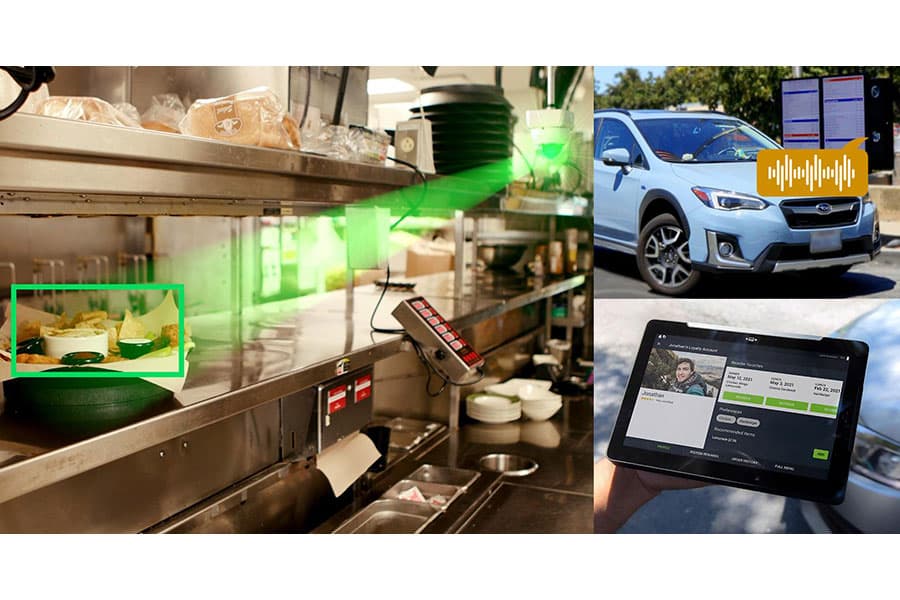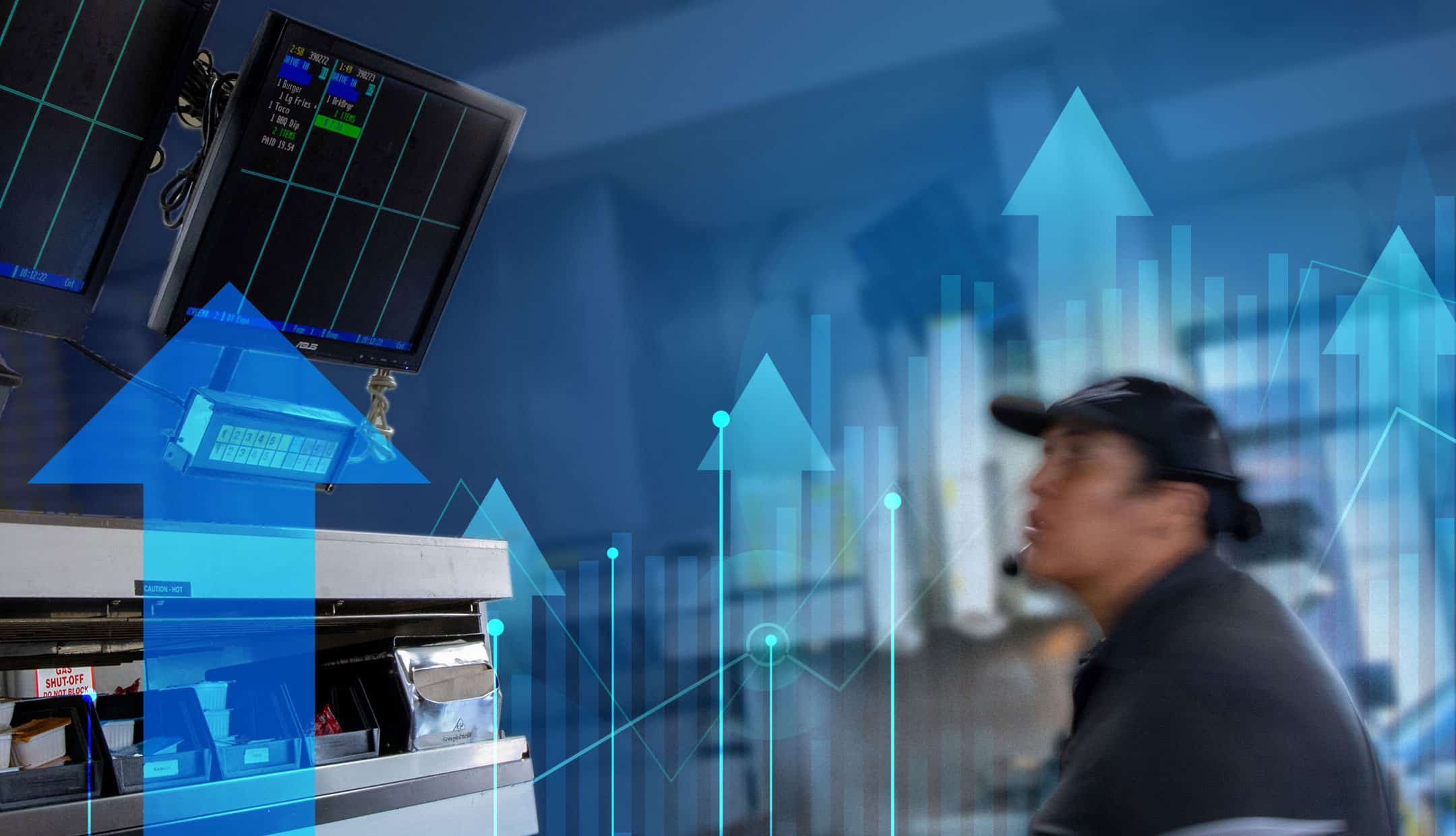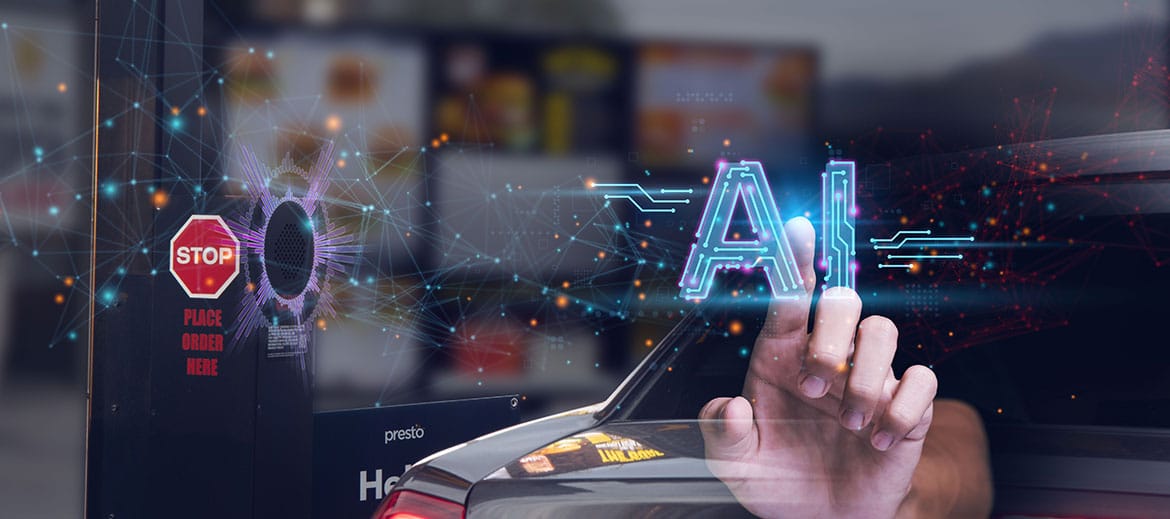In the past year, the COVID-19 pandemic has catalyzed that long-awaited digital transformation across industries. According to a 2020 McKinsey survey of global executives, “companies have accelerated the digitization of their customer and supply-chain interactions and of their internal operations by three to four years. And the share of digital or digitally enabled products in their portfolios has accelerated by a shocking seven years.”
Early investment in digital technologies proved instrumental in helping companies survive the pandemic. According to McKinsey, “Nearly half of respondents at successful companies say they were first to market with innovations during the crisis and that they were the first companies in their industries to experiment with new digital technologies.” For many companies, early technology adoption was not a risk; rather, it was a major asset.
Historically, restaurants have been slow to adopt technology. To succeed in a post-COVID world, though, they will need to adapt.
The COVID crisis left restaurants reeling, and stay-at-home orders and social distancing concerns forced many establishments to close. As the pandemic drove diners online, technology adoption became paramount.
As restaurants reopen across the country, a new threat looms: an industry-wide labor shortage that threatens to hinder operations and stymie growth. Traditionally, restaurants have tackled problems by increasing their workforces. If that ceases to be an option, they must find a different solution.
In a post-COVID, labor-scarce world, restaurants will need to take their cues from other industries. To survive and thrive, today’s restaurants must adopt technology—fast. Companies in other industries, including retail, grocery, and travel, have adopted technology with success. In these industries, technology has helped drive operational efficiency while improving the customer experience.
While other industries have boarded the technology bandwagon, restaurants have been slower to adopt digital tools. Within the industry, QSRs have led the way for technology utilization. Over the years, the organizations that have committed to leveraging technology have emerged as clear winners.
In recent years, QSRs have increasingly begun to use self-service kiosks. Chains like Dunkin’, Krispy Kreme, and Shake Shack have invested in touchscreen technologies partially because customers expect the efficiencies they create.
Today’s technologies have evolved far beyond where they were, even just a few years ago. Now, kiosks and handheld devices are merely the tip of the technology iceberg. In the coming years, true innovation will lie in touch, vision, and voice technologies.
Touch
In many ways, touchscreen and self-service technologies have been the pioneers of restaurant industry technology adoption. As technology evolves, the benefits of such technologies will expand in ways that increase restaurants’ operational efficiency while improving the customer experience.
Vision
Computer vision technologies help restaurants improve both the speed and the quality of their operations. Smart computers strategically positioned throughout restaurants provide restaurants with information that helps them improve efficiency, ensure correctly-packaged orders, and allocate resources appropriately by accurately predicting demand.
Voice
Exciting new developments in AI-powered voice technology allow guests to place orders without staff assistance, even in noisy environments. Voice ordering can expedite the ordering process at drive-thrus, and it can also help restaurants automatically cross-sell items and increase check sizes.
The restaurants that hope to rebound from the pandemic and weather coming storms—including a growing labor shortage—must seize new digital solutions that can improve operating efficiency, optimize the utility of a smaller staff, and create a satisfying experience that keeps customers coming back for more.
Technology is the solution restaurants need to solve their growing portfolio of operational issues. With technology, restaurants can optimize their use of staff members and resources. They can expedite the dining and ordering experience at QSRs and full-service establishments alike. They can ensure order accuracy and identify mistakes in real-time. They can increase ROI by leveraging technology that automatically upsells and cross-sells. They can make servers more efficient by enabling them with helpful tools that reduce unnecessary busywork and provide real-time recommendations. Most of all, they can offer an experience that compels happy guests to keep coming back for more.
About Presto
Presto overlays next-gen digital solutions onto the physical world. Our enterprise-grade touch, vision, and voice technologies help hospitality businesses thrive while delighting guests. With over 100 million guests using Presto each month and 300,000 systems shipped, we are one of the largest technology providers in the industry.
Founded at M.I.T. in 2008, Presto is headquartered in Silicon Valley, Calif. with customers including top 20 hospitality chains such as Applebee’s, Aramark, Chili’s Grill & Bar, Denny’s, and Outback Steakhouse.



